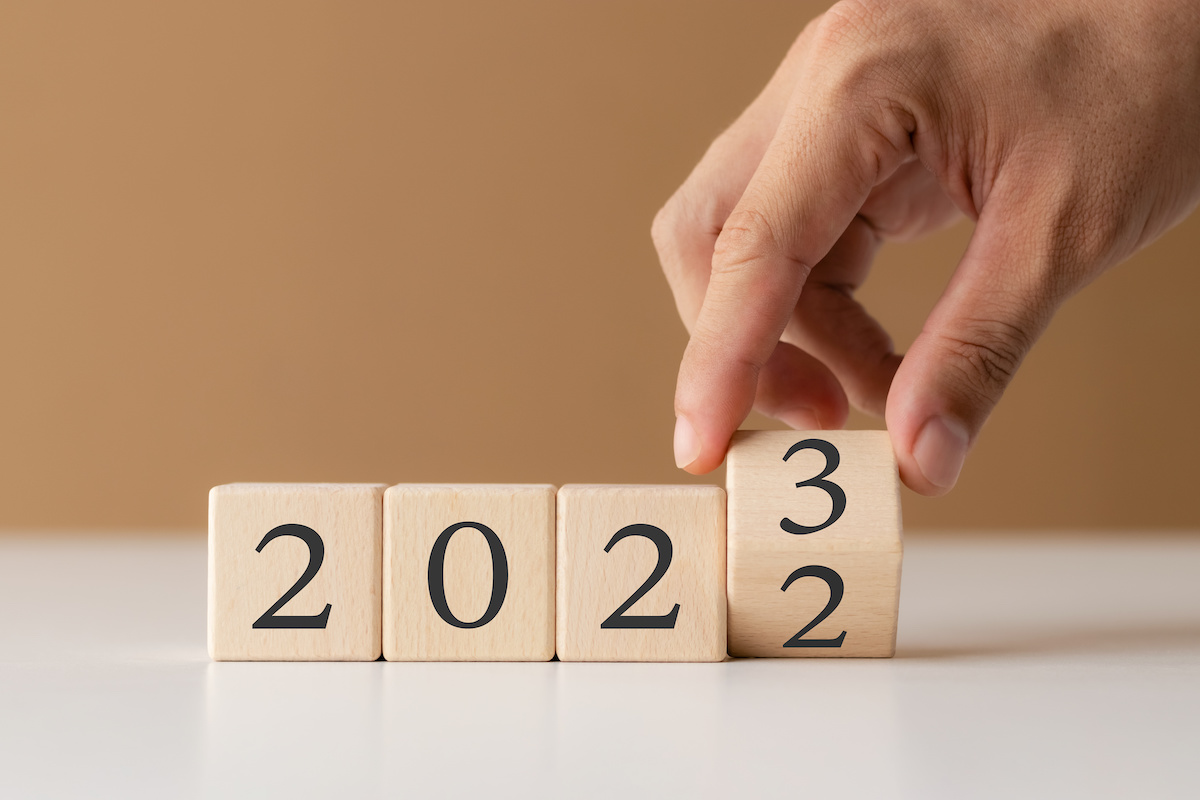A GUIDE FOR IMPROVING YOUR FINANCES IN THE NEAR-TERM AND BEYOND
Would you like to be more intentional about your financial health? You may find it helpful to implement a financial checklist that you can refer to as you’re setting goals and tracking your progress. The start of the New Year is a good time to assess and evaluate where you are and where you’d like to be in the coming year and beyond. Use the following guide as a framework for closing out this year and beginning the next with an eye toward strengthened finances, clarity on your goals, and a refined strategy for achieving them.
Guideline 1: Look at the Big Picture
When was the last time you took a good look at your balance sheet? For many people, the first step on their financial checklist is to complete a review of all assets and liabilities. Get started by gathering your most recent statements from your bank, retirement, and investment accounts. Next, list any assets you own, like your vehicles and home. For your liabilities list, you’ll need statements from your credit cards with outstanding balances, student loans, personal loans, and mortgages.
During this assessment step, as you evaluate what you have and what you owe, it’s also a good idea to make a list of all your monthly expenses. Having easy access to all your financial responsibilities will give you added clarity as you move forward with the forthcoming steps on your financial checklist.
Guideline 2: Set Specific Goals
How specific do you get when you’re setting financial goals? You may find it helpful to divide them into three categories: short-term, intermediate, and long-term. If you find it difficult to sort your goals into the proper categories, use these tips to clarify where they’re likely to fall:
- Short-Term Goals: You’d like to achieve these within the next three years. Examples include paying off high-interest debt, increasing your emergency fund, or purchasing life insurance.
- Intermediate Goals: You’d like to accomplish these in the next four to ten years. Examples include paying off student loans, saving for a down payment on a new home, or paying off an existing mortgage.
- Long-Term Goals: These are likely to take you ten years or more. Examples include things like saving for a child’s college education, meeting a retirement savings goal, or actually retiring.
When you put timelines on your financial goals, you can better strategize to meet them.
SEE ALSO: HOW TO SET (AND ACHIEVE!) YOUR FINANCIAL GOALS THIS YEAR
Guideline 3: Prioritize Your Budget
An essential step on any financial checklist is to check in with your budget. If you don’t have one, you can use the information you collected in Guideline 1 regarding your monthly spending and liability payments to establish an initial budget. Once you have your baseline expenses covered, you can roll your goals into it as well so that your budget funds the things that matter most. You can use a simple spreadsheet for your budget, a paper planner, or one of the many budgeting apps.
If you already have and maintain a budget, check in to make sure it still fits your needs. A budget isn’t a “set and forget” tool, but one that evolves as your life and finances do too.
Guideline 4: Plan Thoughtfully for Taxes
Once the New Year arrives, it’s just a short time until tax season. So, now is a smart time to begin preparing the documents you’ll need to file your taxes, too. Planning ahead and giving yourself plenty of time is a good way to ensure you’re aware of any tax benefits you may qualify for. It also gives you time to determine whether you need to pay any capital gains tax, so you won’t find yourself surprised when the filing deadline approaches.
Thinking about taxes may not be the most fun step on your financial checklist, but you might also get to do some enjoyable planning in this part of the process. If you’re expecting a refund, you can plan how you might use it. This might include treating yourself or your family to something, or you might be able to accomplish one of your short-term goals more quickly. Either way, be thoughtful about how you’ll utilize your tax return each year and treat it as a tool to improve your financial health.
Guideline 5: Make Sure Your Insurance Needs are Covered
Insurance is an important tool in your ability to handle unexpected financial scenarios which impact us all from time to time. Failing to adequately plan for things like a health emergency and a resulting inability to work could put you or your family members in a precarious situation. That’s why it’s critical to evaluate your insurance needs as part of your financial checklist and plug any holes you find.
Most people start with life insurance and disability insurance but remember to think beyond those, too. Do you have adequate health insurance? Could you save money on your existing homeowners and auto insurance by switching companies or bundling your policies? Since you’ve already identified your three categories of goals, this step in your financial checklist could yield savings that you can direct toward them.
SEE ALSO: HIGH NET WORTH ESTATE PLANNING CONSIDERATIONS
Guideline 6: Evaluate Your Retirement Accounts and Investment Portfolio
Remember the statements you collected in Guideline 1? They will show you what you have in each of your investment and retirement accounts, and this is the step in your financial checklist where you think about your strategy for growing them. Ask yourself questions like:
- What percentage of your income are you putting into these accounts?
- Are you maxing out your employer-sponsored 401(k)?
- Is there another type of account that you should consider opening, like a health savings account (HSA)?
If you have a financial advisor who professionally manages your investment portfolio, this is the time to sit down together and make sure it’s properly balanced. Your risk tolerance and time horizons can change as your life evolves, so it’s important to review your portfolio at least annually.
Guideline 7: Reflect on Your Estate Plan
All adults, regardless of age or health status, should have an estate plan in place. So, if you don’t yet have a will or a trust – or both – legally recorded, then make this a priority short-term goal. If you have an existing estate plan, review it and make changes if needed. You should also make it part of your financial checklist to review your beneficiaries on insurance policies and financial accounts.
Would You Like Assistance in Reviewing Your Financial Checklist?
Keeping up with all aspects of your financial health can feel like quite an undertaking, especially if life and work keep you busy. A professional financial advisor can help you work through your financial checklist and ensure your plans evolve as your life does. If you’re looking for an experienced advisor to strengthen your financial health now and into the future, contact us today. At TriCapital, we take pride in helping our clients plan for a confident financial future and we strive to deserve their trust every single day.
Securities offered through Triad Advisors, LLC, member FINRA/SPIC. Advisory services offered through TriCapital Wealth Management, Inc. TriCapital Wealth Management, Inc. is not affiliated with Triad Advisors, LLC.





